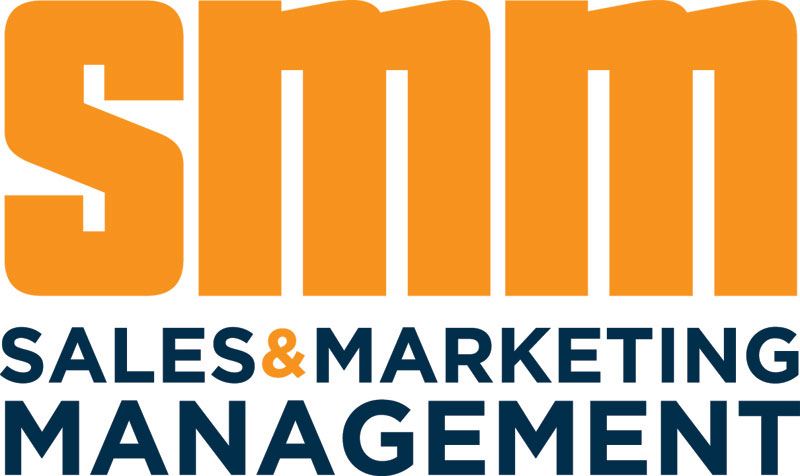White Papers & eBooks
|
In the era of data discovery, analytical power has migrated from the IT department to business users. Surveying over 700 analytics users, Aberdeen set out to understand modern analysts to identify what makes them successful. Among many interesting findings, Aberdeen discovered that modern analysts are 55% more likely to have access to interactive data visualization tools, and 46% more likely to have a data governance solution. Download this report to learn more.
|
|
At CeBIT 2014, Gary D. Burnette, VP of sales transformation at IBM, gave some insight into why and how IBM had deployed Sugar from SugarCRM to support a global sales force of more than 45,000 sellers within 12 months of a successful pilot. IBM's successful approach provides a valuable lesson for organizations embarking on major multi-country or global customer relationship management (CRM) deployments.
|
|
Without a doubt, technology has become a great tool for improving the effectiveness of B2B marketing. Social media, marketing automation, mobile marketing, and search engine arketing all aid in efficiently generating a high volume of leads. Whether marketing teams support sales efforts by generating and nurturing high quality leads or following up on events, technology can make their work more efficient and productive. However, smart businesses know that purchasing decisions are made by human beings who respond to personal interactions with other human beings. Though many simple business transactions can exist entirely online, effective marketing practices must include a human touch.
|
|
Today's B2B marketing organizations claim that the fundamental task of generating leads is their most significant challenge. Activities like social media marketing can be powerful, but they can also distract marketing from its core business objective, which is to generate qualified, actionable leads for sales. Outbound lead generation via telemarketing promises to resolve this challenge. Telemarketing generates high-quality leads that empower sales to drive business growth. However, many marketers' budgets are being examined with a critical eye. The phrase "do more with less" has become a dominant theme in many marketing departments. Marketing is being tasked to generate higher quality leads and do so with ever-decreasing budgets. Once marketing recognizes that telemarketing can be part of a cost-effective lead generation program, the next step is determining how to go about it. The primary consideration is whether it should be done in-house or outsourced.
|
|
Common wisdom to increase production would dictate a change in the monetary compensation plan. Pay more cash and get more results. Everyone likes money - it is a simple and rational choice. And if money is so desirable, why not use it as a reward to induce more desired behavior? Many corporations do just that. It is undeniable that money works to drive behavior, and money used as an incentive yields positive results - up to a point. The fact, however, is that money is not the optimal reward to get extra effort from people.
|
|
As sales organizations endeavor to escape the constricted economy of the 2009 recession, one of their most significant barriers is stagnant progess regarding bringing their sales cycle under control. Aberdeen research conducted in March, 2010 for the benchmark study of 441 corporate sales teams,Automating Lead-To-Win: Shrinking the Sales Cycle and Focusing Closers on Sealing More Deals, included 37 companies currently deploying CPQ technology, and analysis shows that these organizations are realizing concrete performance advantages over other survey respondents.
|
|
Sales are the lifeblood of every business. A company that is more effective at selling its products will out perform its competitors, even if they offer higher quality or better value. It is, therefore, essential for businesses toemploy a highly dedicated and motivated sales staff. While many companies reward salespeople on a commission basis, research demonstrates that non-cash incentives such as gift cards are more effective at improving motivation, boosting performance, and increasing a company’s bottom line.
|
|
Over the past several years, Qvidian has surveyed hundreds of executives and sales leaders around the world from various industries, markets, and company sizes to create a comprehensive ongoing study of the changing objectives and challenges facing sales leaders.
This Sales Execution Trends Report investigates new obstacles sales organizations face to meet these objectives, as well as explores current conditions and investment areas needed to improve sales execution; providing further market insight into the state of sales today.
|
|
In an effort to test the impact of different incentives, a global telecommunications firm worked with BIWORLDWIDE to study the performance of its call center employees. Our findings confirmed previous research: non-monetary rewards drive greater performance than cash and cash equivalents. We also found that individual goal setting delivers stronger results than tiered goals. In other words, setting your own goal improves performance significantly more than receiving pre-assigned goals.
|
|
Not long ago it was reported that more than 12% of all U.S. jobs are full-time sales positions. That’s a lot of sales reps in need of a whole lot of training.
This demand puts a tremendous amount of pressure on B2B companies to effectively develop and enable their salespeople from the moment they first step through the door. It’s certainly not easy, as developing a high-powered, internal sales onboarding and training program requires investment, planning and, most importantly, time.
Time spent away from the phones.
Time spent out of the field.
Time spent learning instead of selling.
|






















